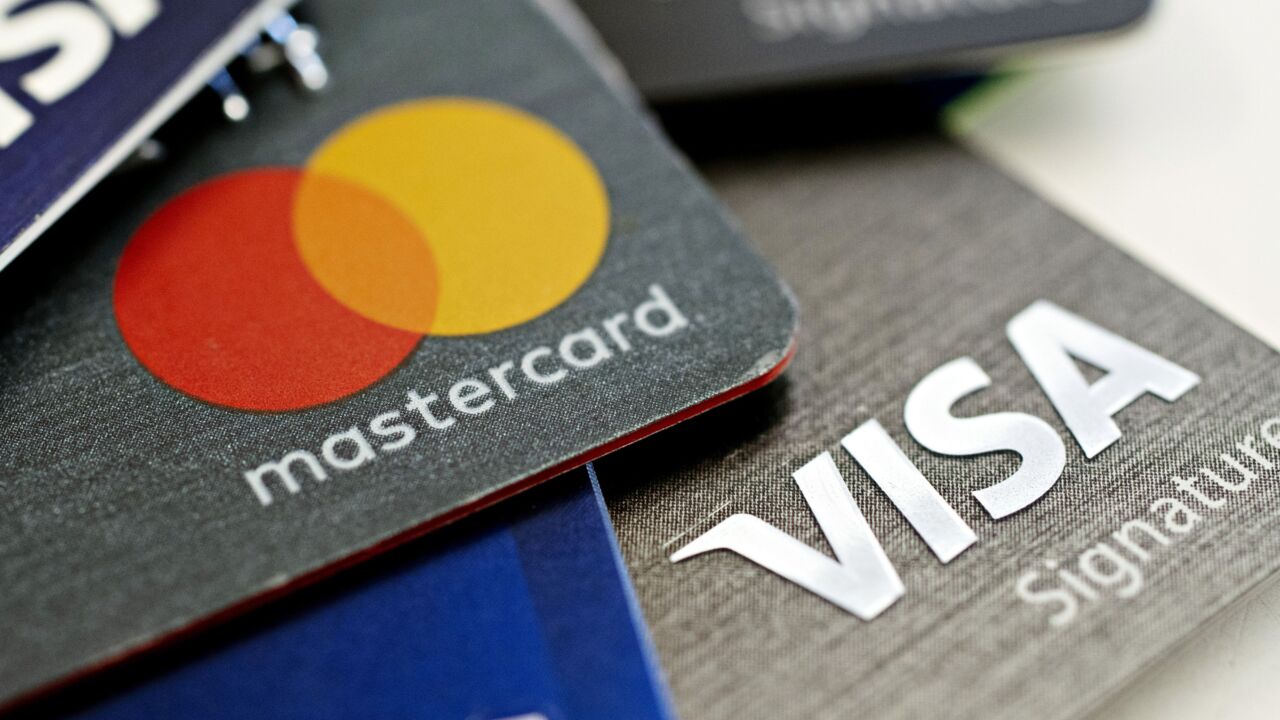Even as online shoppers demand the best security, they demonstrate an astonishingly low tolerance for inconvenience.
This creates a difficult balancing act for merchants and financial institutions to improve security while minimizing the amount of friction a customer experiences during online shopping, internet banking or other type of digital session. The balancing act becomes more complex when the customer is using a mobile device, since the level friction is amplified.
“The prevailing trend is that consumers are willing to be frictioned once in building the relationship with a merchant or financial institution,” said John Sarreal, senior director of global product management at Experian, which recently published its Global Fraud and Identity report.
When it comes to online engagement, 75 percent of global businesses are interested in more advanced authentication processes that have little to no impact on the customer’s digital session, Experian found. That figure rises to 88 percent for businesses based in the U.S., 87 percent for Indian businesses and 79 percent for Chinese businesses.
In countries such as China, where a high percentage of e-commerce is conducted by mobile device, this can create some unique challenges.

“The Chinese consumer skipped the desktop phase of e-commerce, so they are used to having a more personalized experience on the mobile device which means they are less tolerant of friction. That sets their expectation of being mobile first,” Sarreal said.
In fact, higher levels of friction can dampen a consumer’s desire to shop online — 42 percent of millennials stated that they would conduct more online transactions if there weren’t as many security hurdles that they must jump through, versus just 30 percent of consumers over the age of 35.
Sixty-five percent of businesses reported that they have experienced same or a higher amount of fraud during the past 12 months — a clear signal that the “friction” balancing act comes at a high cost. According to a recent
The challenge for merchants is that as new security measures are deployed in one area, fraudsters move to the next area, searching for the path of least resistance. A case in point is that while
“In terms of advanced authentication you need a well-thought-out, layered approach to fraud because any one scheme can be defeated. There is no single silver bullet,” Sarreal said. But the challenge doesn’t end with deploying a layered approach, since it is critical to know when to invoke a new security layer during a digital session and what to do with the result.

Despite the growing challenge of online fraud, most businesses still rely heavily on passwords, which can be easily stolen or hacked. Fifty-two percent of businesses surveyed stated that they relied on passwords to detect or prevent fraud.
The slow adoption of more advanced techniques such as multifactor authentication, illustrates that businesses want time-tested solutions and are reluctant to add too much friction in their digital channels.
A common theme Experian sees across its clients is the desire to be "agile in the fight against fraud. The fraudsters are much more agile,” said Sarreal. The goal is to be able to get clients deploying advanced authentication measures to get them “moving at the speed of fraud.”





